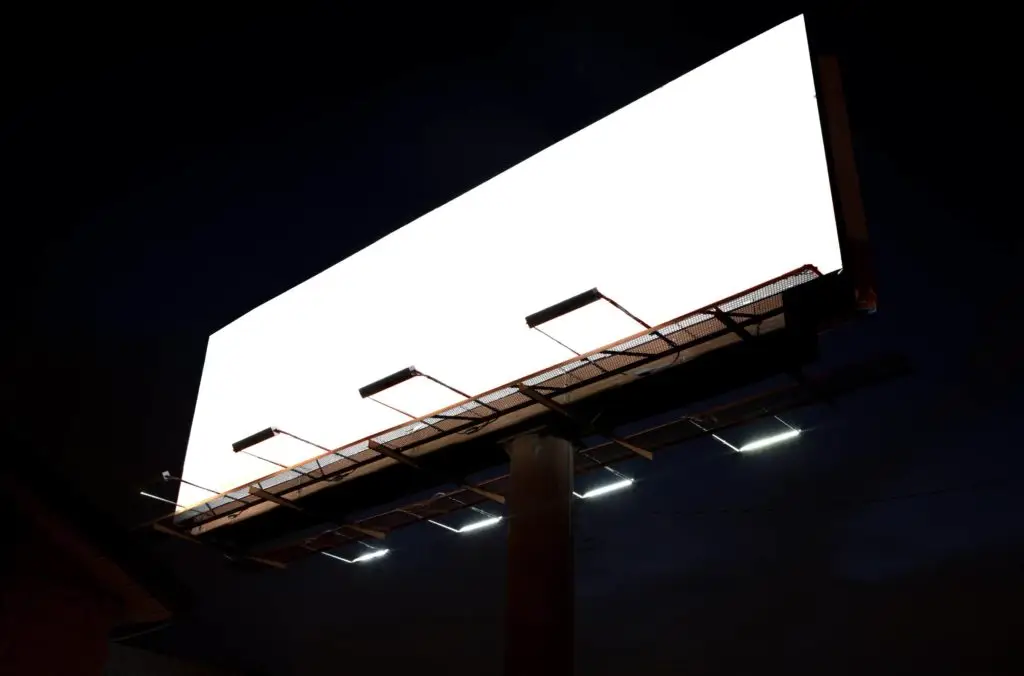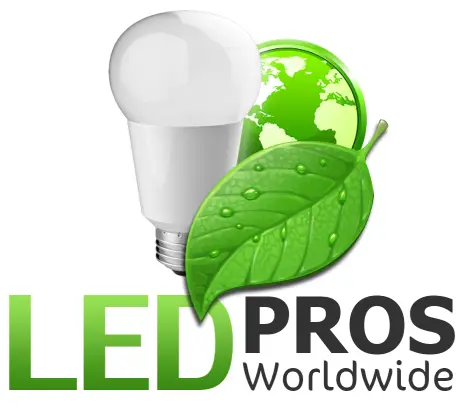Billboards have been a staple of advertising for centuries, captivating audiences and spreading messages far and wide. From the ancient Egyptians to the digital age, the history of billboard lighting is a testament to human ingenuity and the power of visual communication. In this article, we’ll take a journey through the key milestones that have shaped the world of billboard advertising, exploring the advent of LED billboards and their impact on the industry.
The Dawn of Billboard Advertising
The roots of billboard advertising can be traced back to ancient Egypt, where tall towers were used to proclaim laws, treaties, and important announcements. These early “billboards” relied on height to ensure visibility, a principle that remains crucial to this day. As printing technology advanced, with the invention of movable type in the 1450s and lithography in 1796, the stage was set for the birth of the modern billboard.
The Rise of Billboards in the 1800s
The 1800s saw a surge in billboard advertising, with the practice of “sniping” – placing small signs on fences and trees along country roads – becoming increasingly common. However, as billboards grew in popularity, sniping began to decline, eventually becoming illegal in many areas. The year 1867 marked a significant milestone, with the first official leasing of a billboard space.
During this era, billboards were primarily hand-painted or drawn, showcasing goods and directing customers to specific stores or businesses. The formation of the International Bill Poster’s Association of North America in 1872 further solidified the billboard industry’s growth.
The Advent of Illuminated Billboards
In 1892, the world witnessed the birth of the illuminated billboard. Long Island Rail Road made history by erecting an illuminated billboard over Madison Square in New York City, bearing the message “Buy Homes on Long Island.” This groundbreaking advertisement paved the way for a new era of eye-catching, round-the-clock advertising.
Billboards in the 20th Century
The 20th century brought numerous advancements to the billboard industry:
1. 1901: The standardization of billboard sizes
2. 1913: The use of billboards for public service messages and war efforts
3. 1925: The first outdoor advertising company listed on the New York Stock Exchange
4. 1931: Coca-Cola’s iconic Christmas billboard campaign, featuring the modern interpretation of Santa Claus
Major brands like Kellogg’s, Model T, and Coca-Cola embraced billboard advertising, recognizing its potential to reach vast audiences and leave a lasting impression. Read more about Make the Most of Advertising with Billboard Lights here.
The Digital Revolution: LED Billboards
In 2005, the billboard industry experienced a seismic shift with the introduction of the first digital billboard. LED billboards revolutionized the way advertisers could engage with their target audiences, offering the ability to display dynamic, eye-catching content that could be easily updated and rotated.
The impact of LED billboards is evident in iconic locations like Times Square and the Las Vegas Strip, where millions of people are captivated by the dazzling displays daily. The advent of LED technology has made billboards an even more powerful tool for businesses looking to boost brand awareness and drive sales.
How to Light a Billboard?
For businesses considering billboard advertising, understanding the basics of LED billboard lighting is essential. LED billboards offer numerous advantages over traditional static billboards, including:
– Increased visibility and readability, even in low-light conditions
– Dynamic, attention-grabbing content that can be easily updated
– Energy efficiency and lower maintenance costs compared to traditional lighting methods
When designing an LED billboard, it’s crucial to consider factors such as pixel pitch, brightness, and viewing distance to ensure optimal impact and legibility.
 |
FAQs
1. Why are billboards an effective advertising medium?
Billboards are an effective advertising medium because they offer high visibility, reach a wide audience, and provide constant exposure. Strategically placed billboards can capture the attention of motorists, pedestrians, and commuters, making them an excellent tool for building brand awareness and promoting products or services. Read more about Advertise the Right Way with LED Billboard Lights here
2. What are the key advantages of LED billboards over traditional static billboards?
LED billboards offer several advantages over traditional static billboards:
– Dynamic content: LED billboards allow for rotating, animated, and interactive content, making them more engaging and eye-catching.
– Flexibility: Advertisers can easily update or change the content on LED billboards remotely, allowing for timely and relevant messaging.
– Energy efficiency: LED technology consumes less power than traditional lighting methods, reducing operating costs and environmental impact.
– Brightness and clarity: LED billboards provide vibrant, high-quality displays that are visible even in harsh sunlight or low-light conditions.
3. How can businesses create impactful LED billboard designs?
To create impactful LED billboard designs, businesses should:
– Keep the message concise and easy to read, as viewers have limited time to absorb the information.
– Use bold, contrasting colors and simple fonts to ensure legibility from a distance.
– Incorporate compelling visuals, such as high-quality images or animations, to grab attention and communicate the message effectively.
– Consider the viewing distance and angle when designing the layout and selecting the pixel pitch.
– Use a clear call-to-action to encourage the desired response from the audience.
4. What are the most iconic locations for LED billboards worldwide?
Some of the most iconic locations for LED billboards include:
– Times Square, New York City, USA
– Piccadilly Circus, London, UK
– Shibuya Crossing, Tokyo, Japan
– Las Vegas Strip, Nevada, USA
– Sunset Strip, Los Angeles, California, USA
5. How has the evolution of billboard lighting impacted the advertising industry?
The evolution of billboard lighting, particularly the introduction of LED billboards, has significantly impacted the advertising industry by:
– Enhancing the creative possibilities for advertisers, allowing for dynamic, engaging content.
– Providing greater flexibility and adaptability, enabling quick changes to messaging and targeting.
– Improving the overall effectiveness of outdoor advertising by increasing visibility and engagement.
– Offering a more sustainable and cost-effective solution compared to traditional lighting methods.
– Integrating with digital marketing strategies, such as social media campaigns and mobile interactions, to create a seamless, multi-channel advertising experience.
Final Thoughts
The history of billboard lighting is a fascinating journey that spans centuries, from the ancient Egyptians to the digital age. The advent of LED billboards has transformed the industry, offering businesses a powerful tool to engage audiences and drive results. As technology continues to advance, it’s clear that LED billboards will play an increasingly vital role in the future of advertising, captivating audiences and illuminating the way forward.
[gravityform id=”1″ title=”true” description=”true”]
